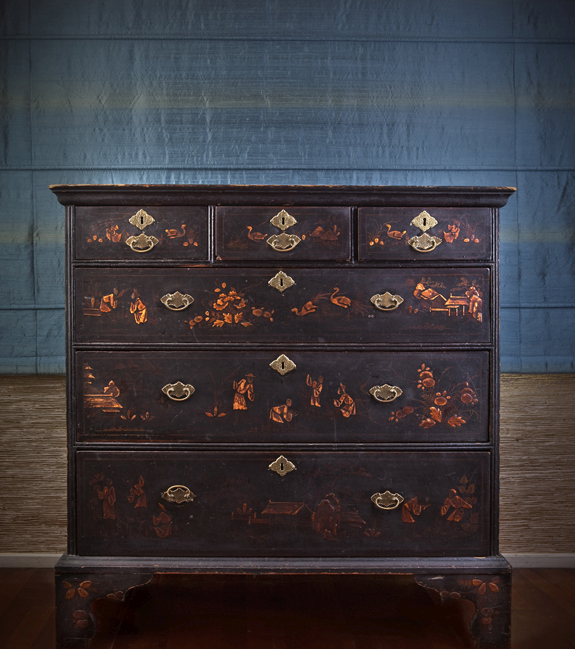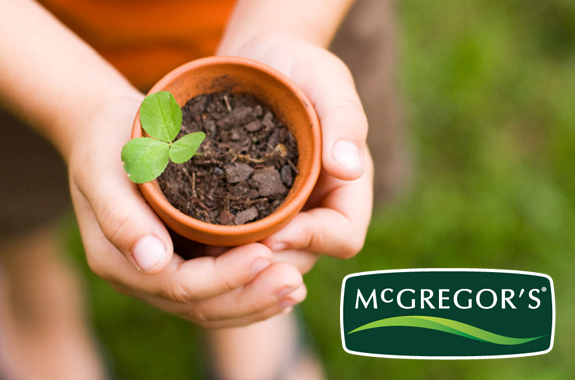They may be inherited, bought second-hand or lovingly restored … but are antiques really eco-friendly? One former auctioneer investigates.
In the 1990s I fell in love with and bought an antique chest of drawers. It’s from the time of George II, the king who ascended the British throne in 1727 and ruled until his death in 1760. The chest is painted, or rather it’s chinoiserie, lacquered and decorated with figures, birds and pagodas in landscaped gardens. The chinoiserie style, which imitates Chinese motifs and techniques, became popular with European artists and craftsmen, eager for a dash of the exotic East, during the 17th and 18th centuries. Georgian period chinoiserie designs were often painted on a green background.
My antique chest of drawers may once have been painted with a green hue, but how eco is it?
International organisations such as Antiques are Green (www.antiquesaregreen.org) are attempting to position the antique trade on the right side of the sustainability ledger, but are they drawing a long bow? In the UK, a group of antique traders, including The British Antique Dealers’ Association, commissioned independent carbon management experts to report on the carbon footprint of specific pieces of antique furniture. First up, they estimated that the footprint of a chest of drawers made around 1830 was about 16 times smaller than that of an equivalent contemporary item – a mass-produced chest made in China of roughly equivalent value and available from a reputable high street retailer.
This carbon emissions study went into great detail, counting the greenhouse gas emissions associated with horse and cart transportation and the import of the mahogany veneer by sailing ship from the West Indies. Later CO2 emissions from restorations and van deliveries between the auction house, antique dealer and buyer were also factored in.
Assuming the antique chest was restored twice during its 195-year life (accounting for 18 percent of its carbon footprint) and that it wasn’t sent to the tip at the end of this time, it had a footprint of close to 140kg of CO2 emissions. This compared well with the newcomer, made from walnut-veneer MDF and chipboard, which experts conservatively assumed had a life of 15 years, and which clocked in with a footprint of about 170kg of CO2 emissions.
So are antiques really greener? Or is this simply an exercise in creative accounting? I think the answer to both questions is yes. The antique chest of drawers did add up as the greener option, if not by as much as had been predicted. Then again, the antique chest will probably outlast the modern piece. If the latter is dumped at the end of its life and replaced with another similar piece, the footprint is doubled, whereas the antique may simply be restored again, attracting considerably fewer emissions.
It’s a question of longevity. Antiques carry a lighter carbon footprint than their modern manufactured equivalents – and you don’t have to go as far back as the 18th and 19th centuries to find furniture that will last longer than the assumed 15 years of an MDF and chipboard item. We buy antiques because we fall in love with them, not just for their healthy emissions rating. And whether we choose vintage or modern furniture, ideally we should pick items made from materials we know will last longer than just 15 years – hopefully ten times that. Either way, it pays to think long-term and choose quality every time.
Ross Millar brings an interest in the environment and a background of many years’ experience in auction houses to his writing on antiques, heritage collectables and artifacts.







